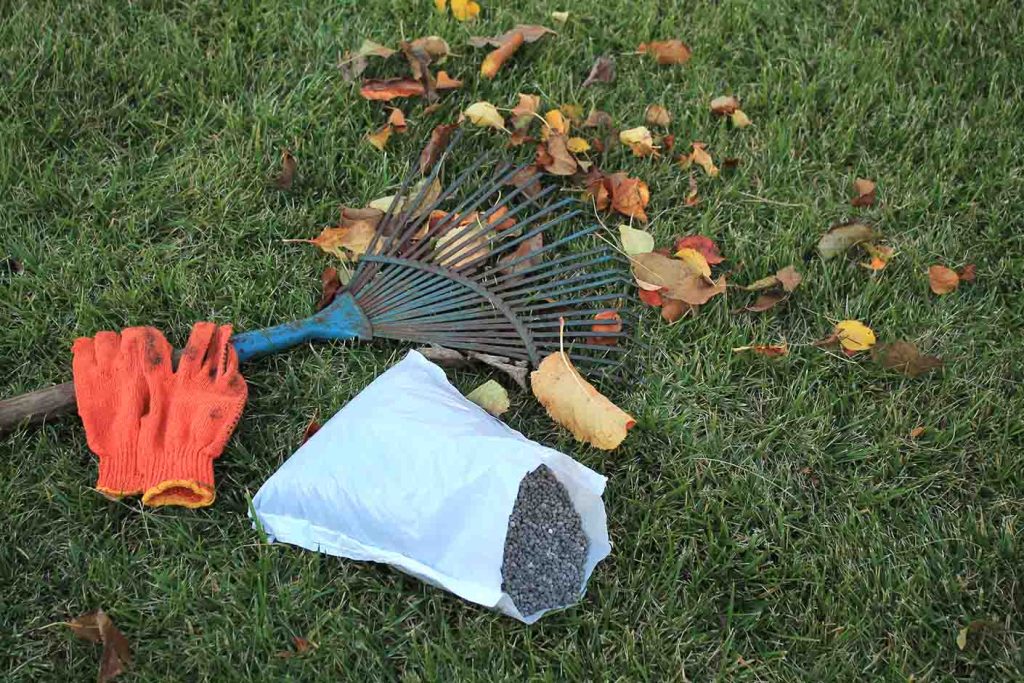There are many ways to fertilize the soil to obtain the lush green lawn of your dreams. Slow-release fertilizers are a good choice for people who want to fertilize their lawns or garden without worrying about over-fertilizing. They are also a good choice for people who want to fertilize their plants during the hot summer months when the risk of fertilizer burn is higher. Slow-release fertilizers can be used anytime, but they are especially beneficial in the spring and fall. This is because the nutrients are released slowly over a period of time, which helps to prevent nutrient deficiencies during these times of year when plants are actively growing.
Best Times To Use Slow-Release Fertilizer

While slow-release fertilizers can be used at any time of year, there are times it is more beneficial to use them than others. Here are some specific times when you might want to use slow-release fertilizer:
- Spring: Spring is a good time to use a slow-release fertilizer to help your lawn or garden recover from the winter.
- Fall: Fall is another good time to use a slow-release fertilizer to help your plants prepare for winter.
- Newly planted plants: Slow-release fertilizer can be helpful for newly planted plants, as it provides a steady supply of nutrients as the plants get established.
- Stressed plants: Slow-release fertilizer can also be helpful for stressed plants, such as plants that have been through a drought or a pest infestation.
Following the directions on the fertilizer label when using a slow-release fertilizer is important to ensure your lawn receives its full benefits. This will help you to determine how much fertilizer to use and how often to apply it.
Benefits Of Slow-Release Fertilizer

Slow-release fertilizers offer many benefits over fast-release fertilizers. They are more effective, safer for plants, and better for the environment. Here are some of the benefits of using slow-release fertilizers:
- They provide a steady supply of nutrients to plants. This helps to prevent nutrient deficiencies and promotes healthy plant growth.
- They are less likely to cause fertilizer burn. The nutrients are released slowly and do not build up in the soil.
- They can be applied less often than fast-release fertilizers. This allows you to save time and money.
- They are more environmentally friendly. Slow-release fertilizers are less likely to leach into waterways and pollute the environment.
- They increase drought tolerance. Slow-release fertilizers can help plants to be more drought tolerant, as they provide a steady supply of nutrients even when water is limited.
- They enable more uniform plant growth. Slow-release fertilizers help to promote more uniform plant growth, as the nutrients are released over time rather than all at once. This can lead to healthier, more attractive plants.



